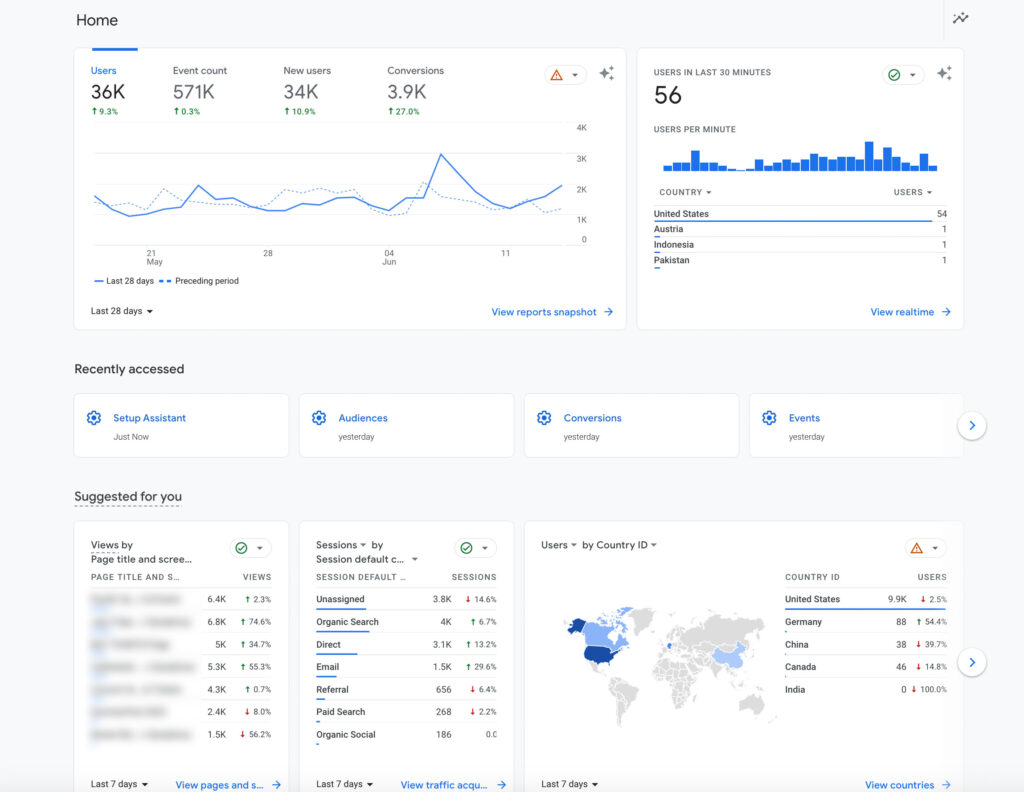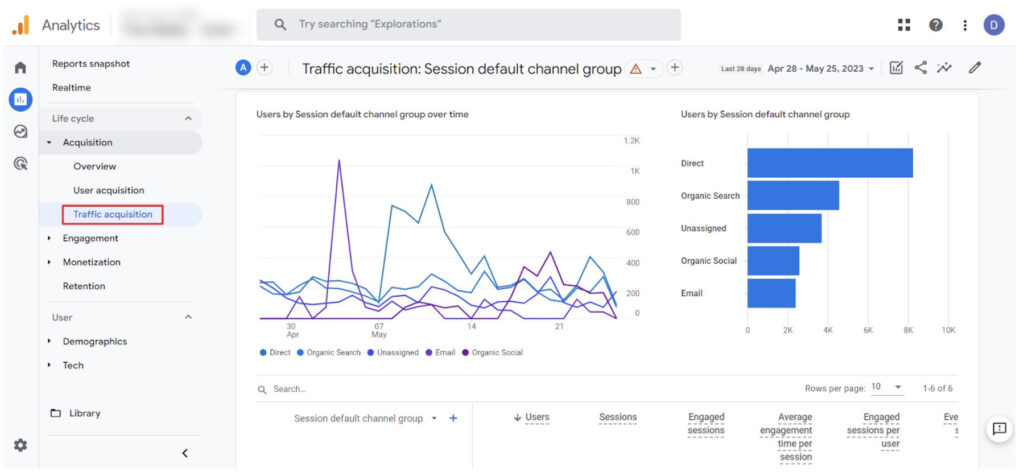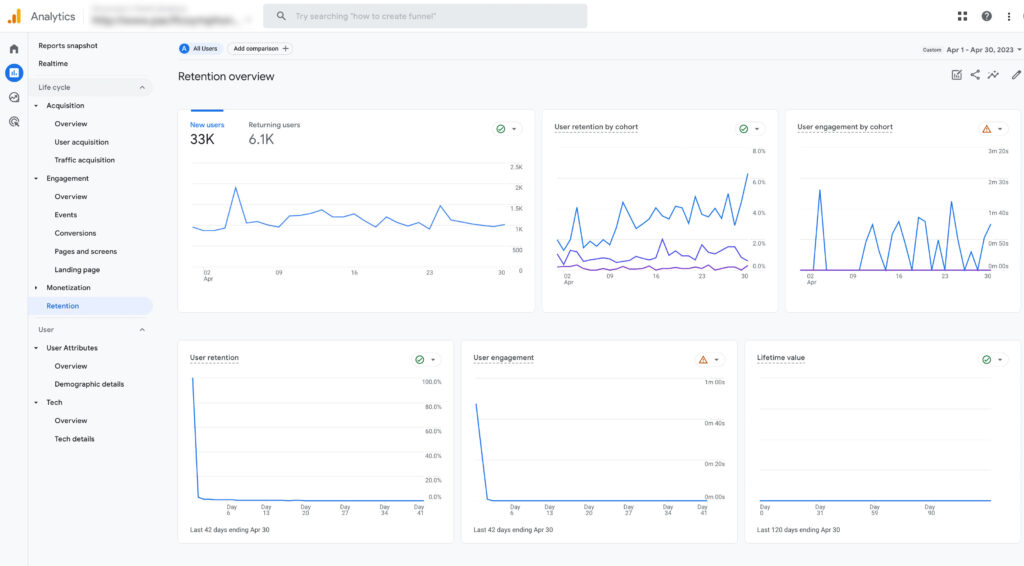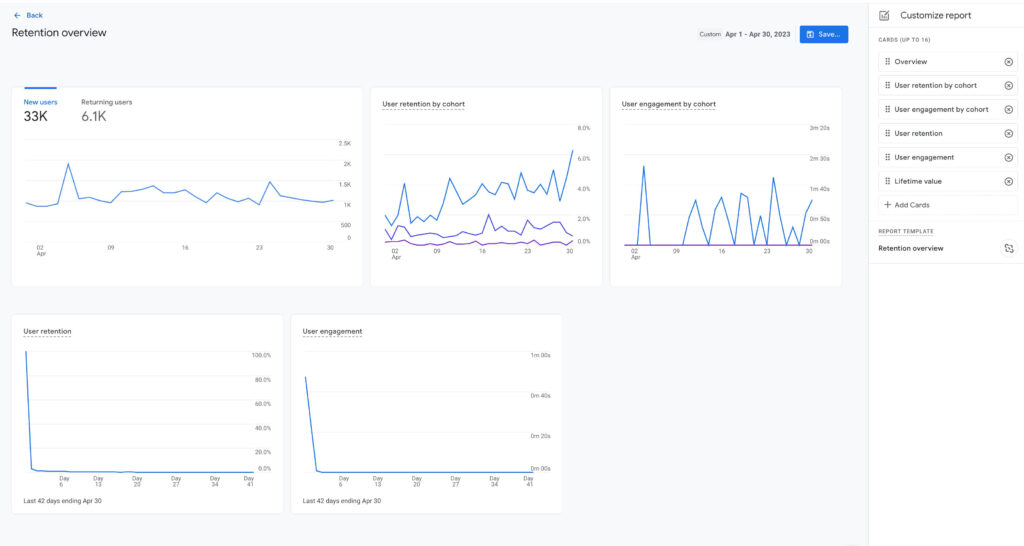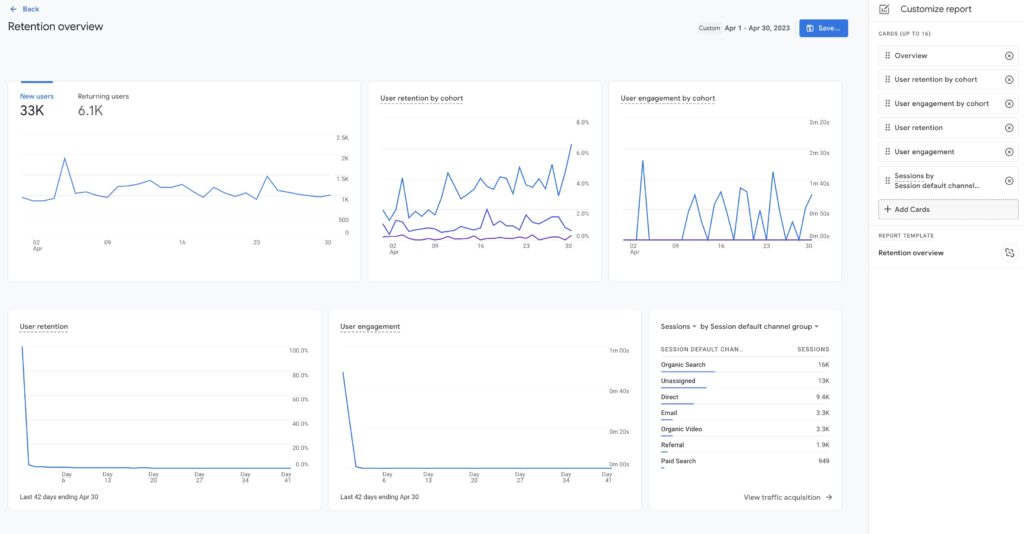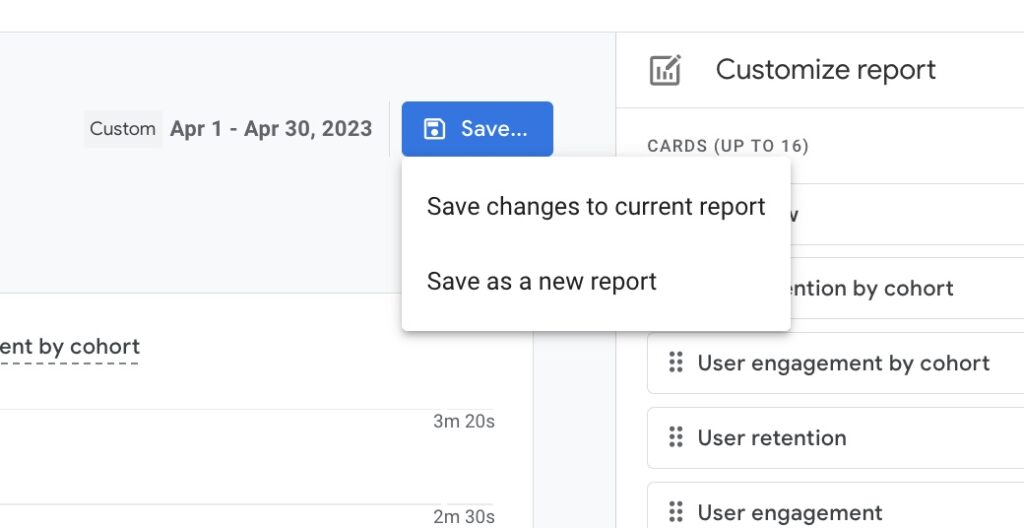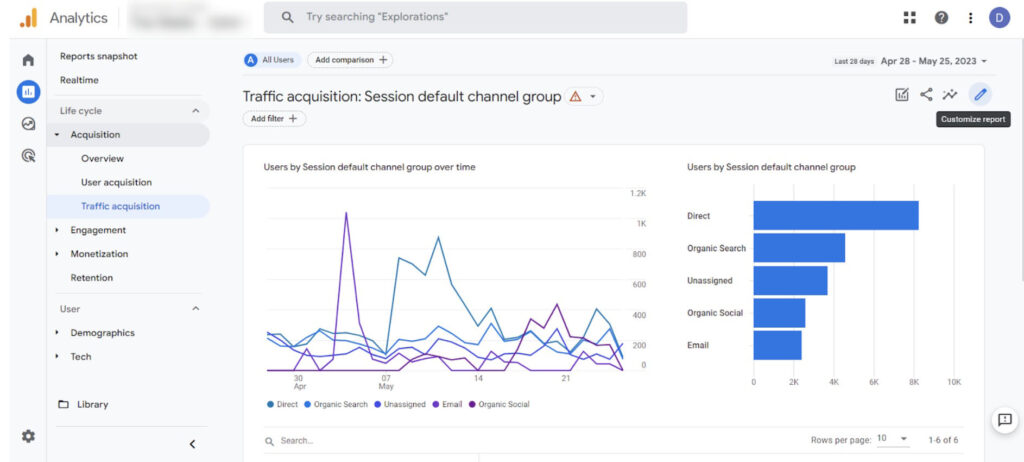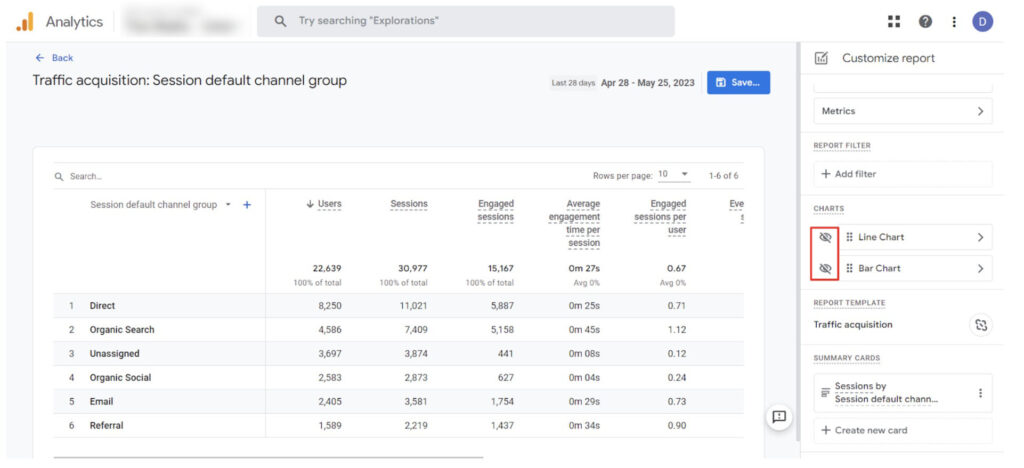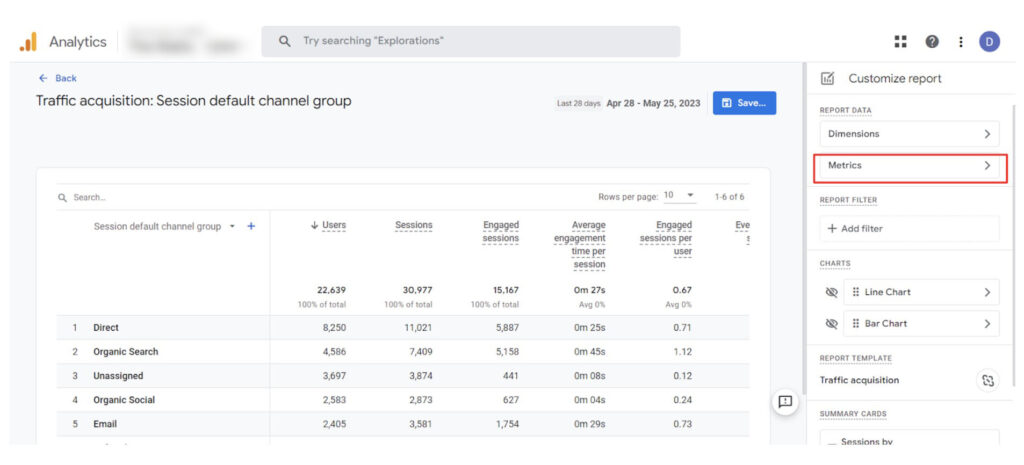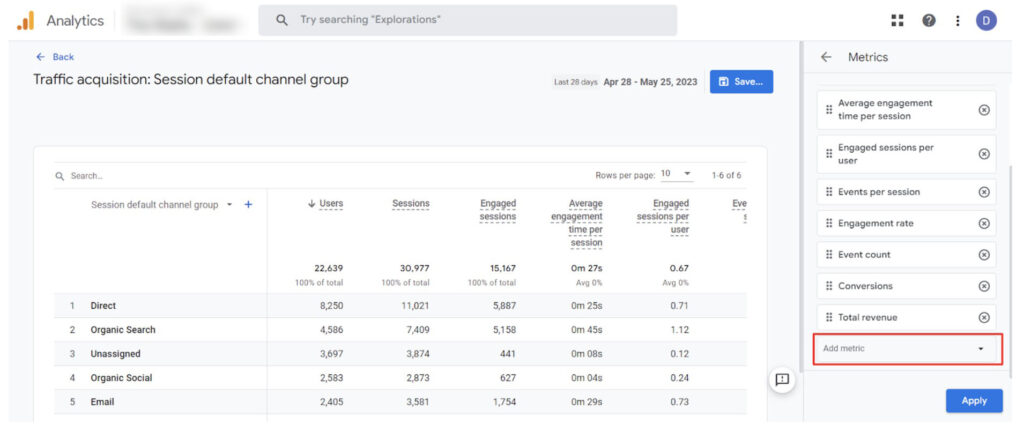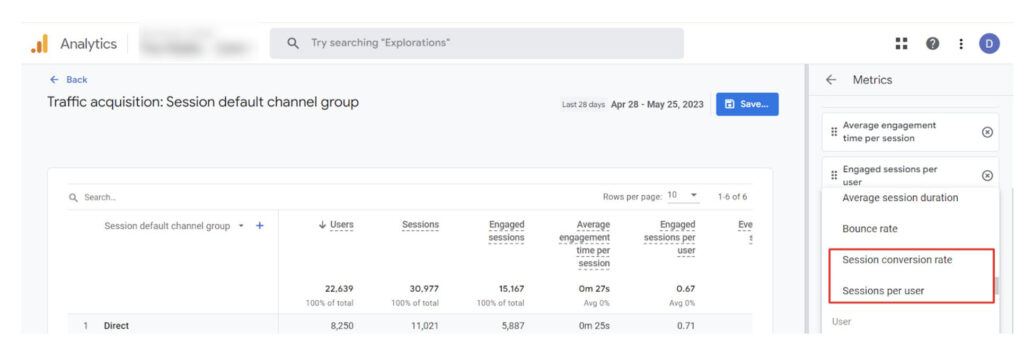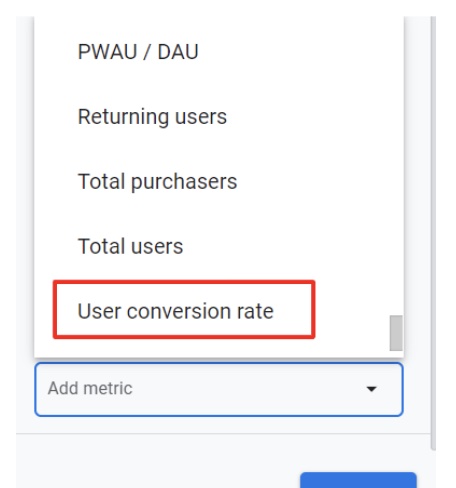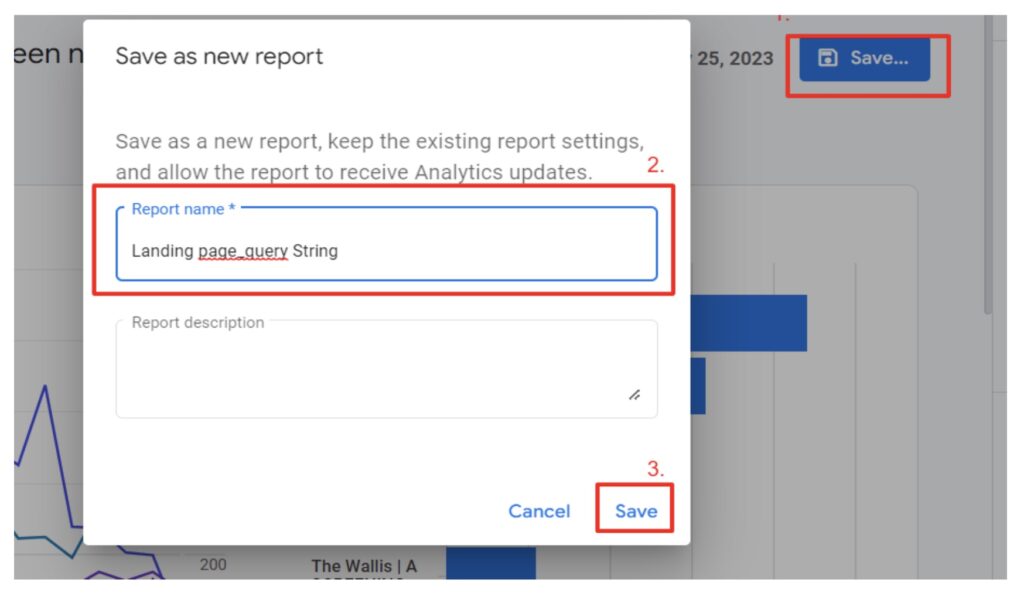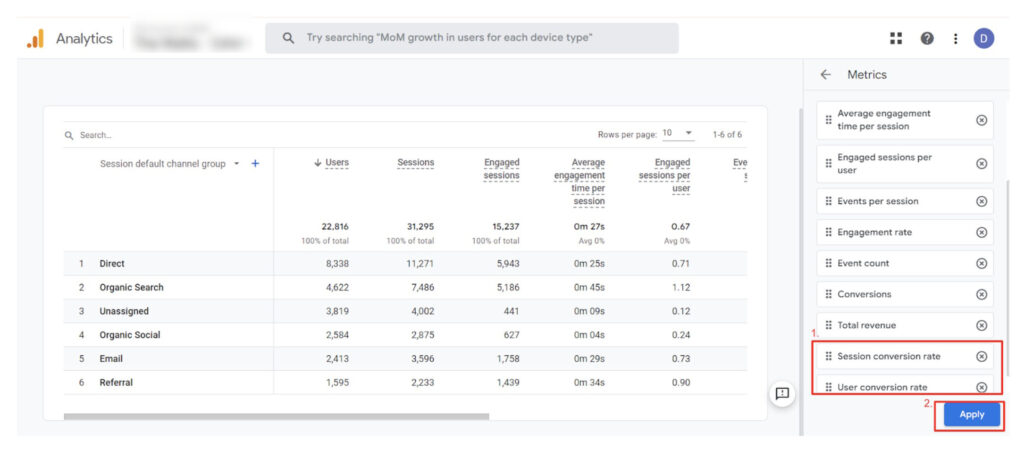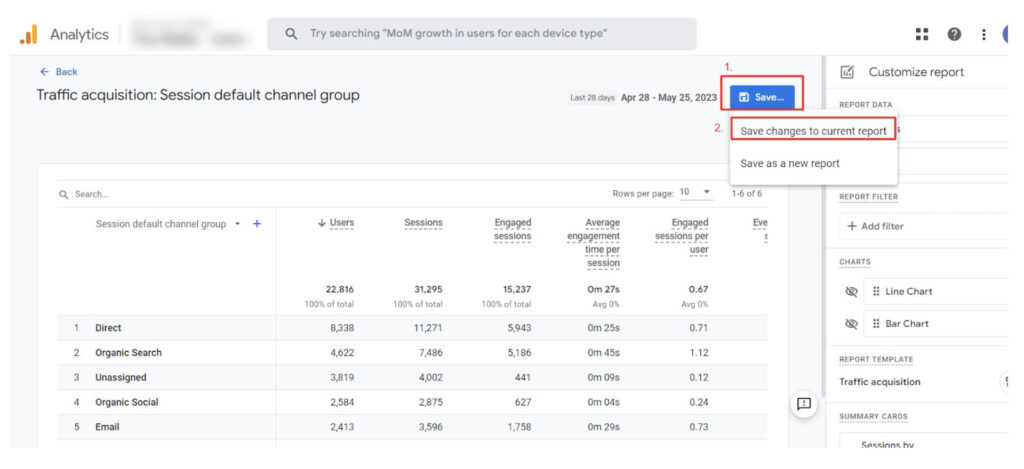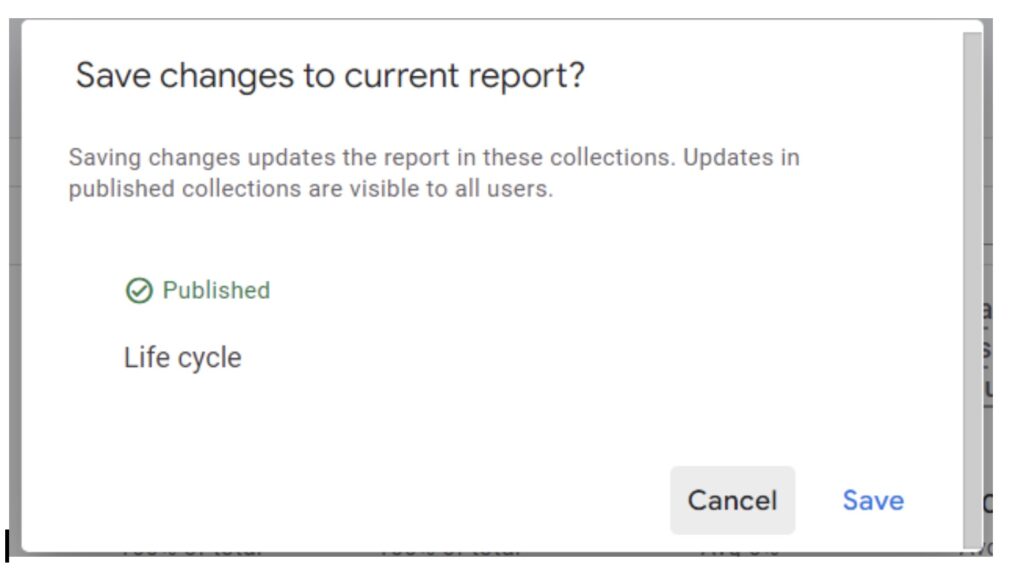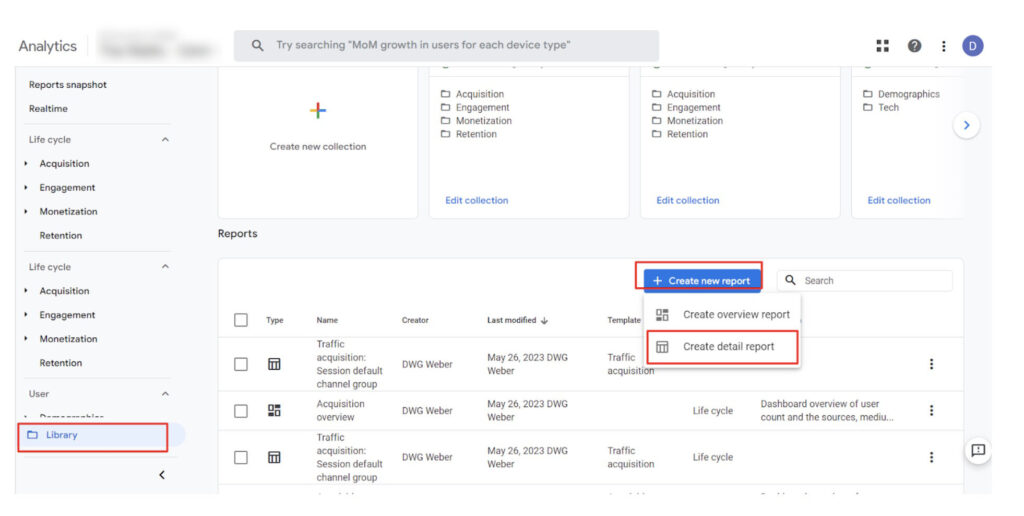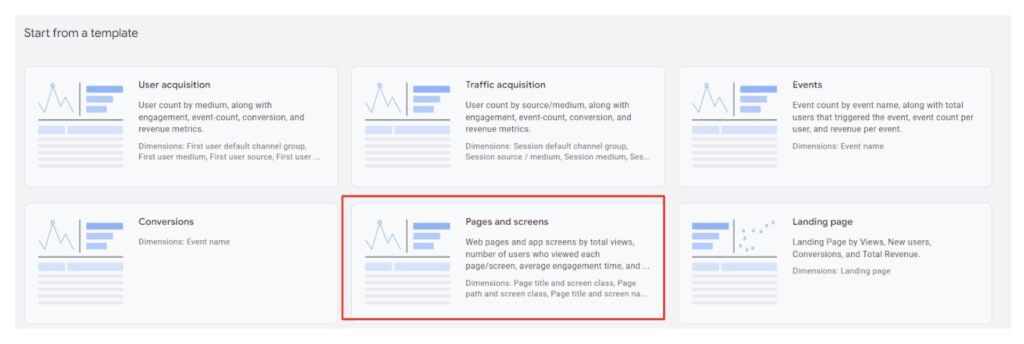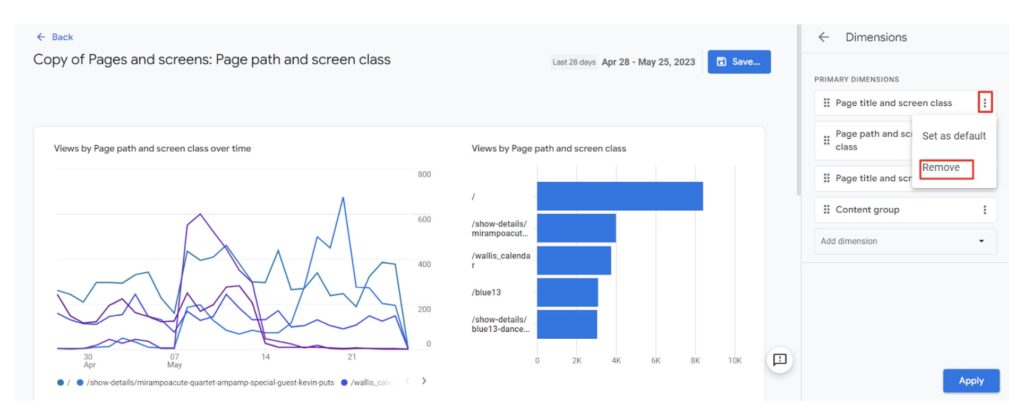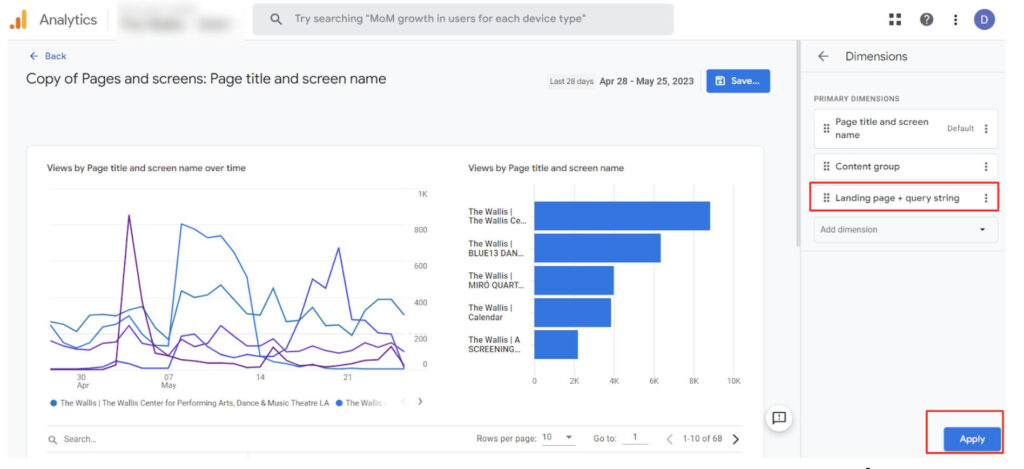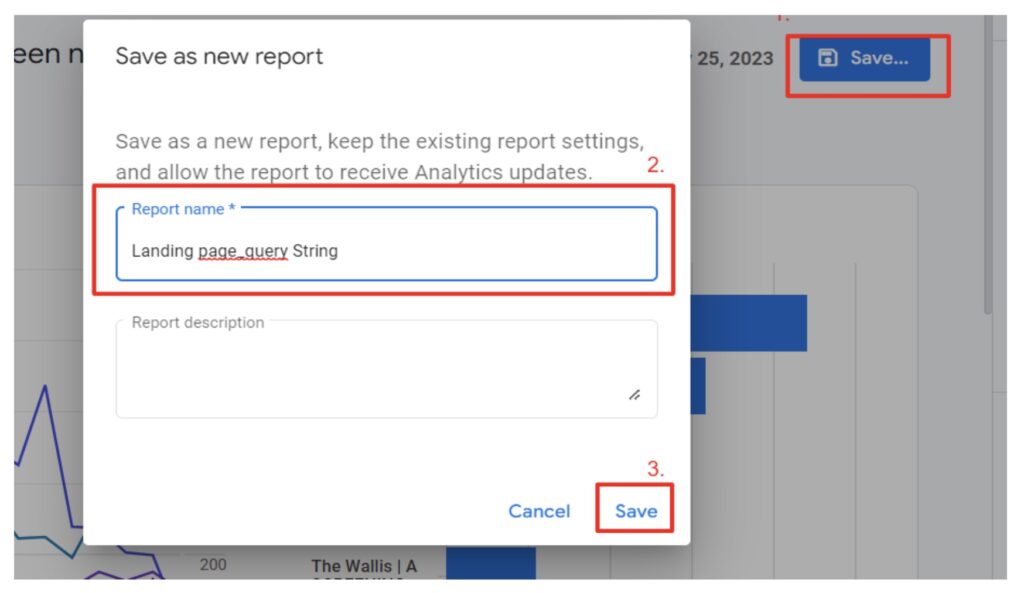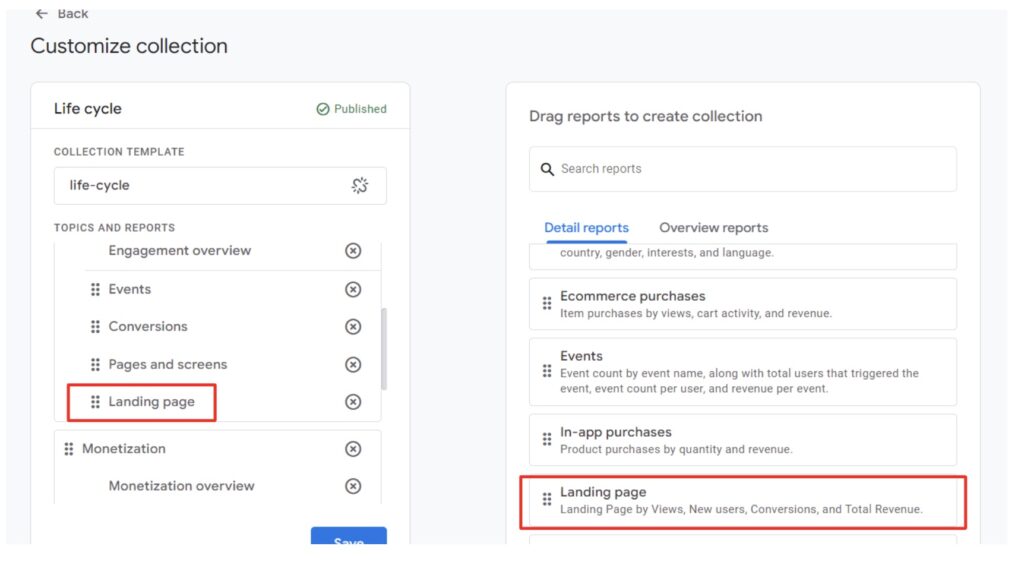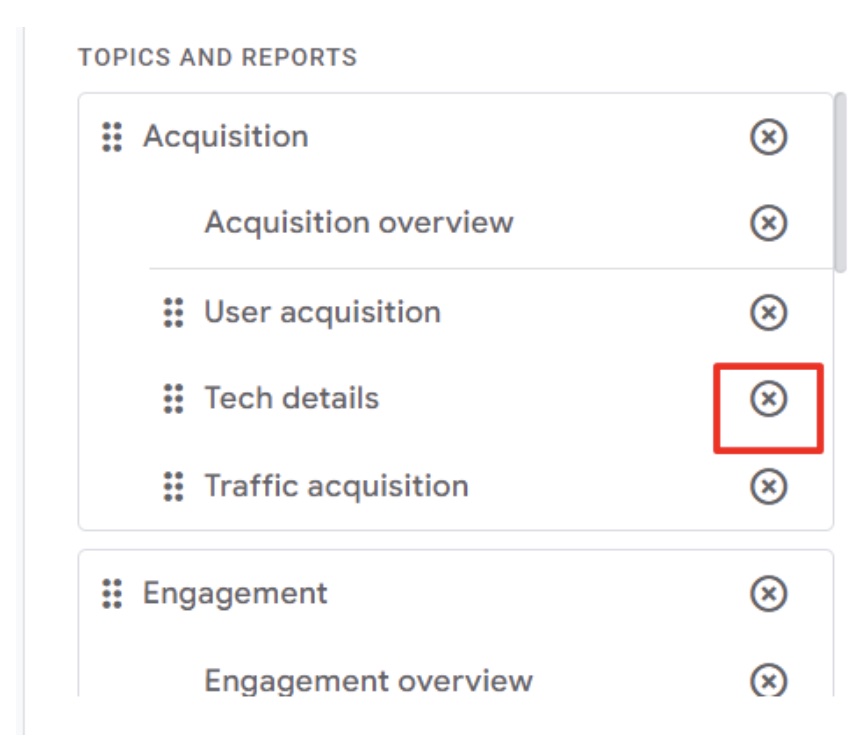The quest for visibility and relevance is a continuous journey in the digital world. One of the most critical tools in this journey is Search Engine Optimization (SEO). However, a common question arises: “How long does SEO take to work?”
Based on insights from SEMrush, this article aims to shed light on this question and more. Many use the comparison between the tai-chi movement and a fast-paced world to describe the pace of SEO versus other forms of promotion. It’s not an instant solution but a strategic process that requires patience and persistence. The timeframe for SEO results can vary, but generally, it takes several months up to a year to see measurable outcomes. Both research and industry consensus support this timeframe.
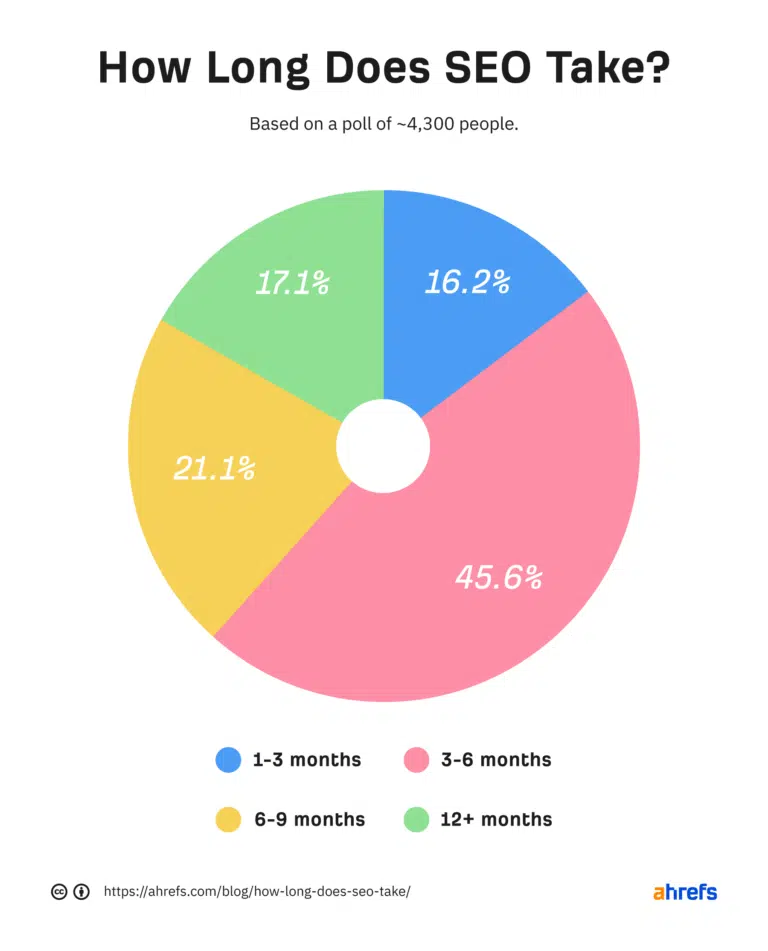
Understanding SEO Results
Before diving into the timeframe, it’s essential to understand what SEO ‘results’ mean. The primary metric for measuring Optimization success is relevant organic traffic. A significant uptick in organic traffic is often the first indicator of a successful Optimization program. If a substantial increase in bounce rate accompanies this, the success is far less credible. The best ways to compare the increase in organic traffic are:
Increase in engaged traffic = (Traffic after SEO campaign x (1-Bounce Rate))- (Traffic before SEO campaign x (1-Bounce Rate))
Increase in goal Completion = Goals completion after SEO Campaign – Goal Completion before SEO Campaign
The ratio of Converted Engagements = Increase in goal Completion / Increase in engaged traffic
A great SEO campaign will give you improved overall traffic, improved increase in engaged traffic, improved increase in goal completion, and improvement in the ratio of converted engagements.
If you only see your traffic increase without a lift in other areas, it may be time to question the quality of key phrases used for your site optimization.
Traffic increases from Search Engine Optimization – Real World Exampales
To provide a clearer picture, let’s look at some real-world examples. An e-commerce toy business that lost significant search rankings and traffic after launching a redesigned website managed to rank 37 priority key phrases back onto Page 1 within five months. Within six months, they saw a return to previous traffic levels. It took an additional year to ensure that the additional 25 keywords aimed at mid funnel were in the first page thus improving all the results.
A niche ad agency’s website that suffered from lost rankings in relevant keywords despite the increase in organic search traffic started to see an increase in relevant traffic results after seven months of implementing recommended improvements. Within nine months, they received record levels of relevant organic traffic, and within two years, they saw a 200% increase in goal completion (phone calls and form completions for purchase of their products and services).
Factors Impacting SEO Timeframes
Several factors can influence the timeframe for SEO results. Three of the most important are your actions, the website’s condition, and the competition. The “SEO results” clock starts ticking once you implement the program, not when you hire someone or when strategies are being formulated.
If your website has a lot of technical issues, received a manual action from Google, or was negatively impacted by a Google core update, it might take longer to see results. On the other hand, quick fixes like resolving a robots.txt file blocking search engines can produce fast SEO results.
Competition also plays a significant role. The competition can be challenging depending on the industry and the resources your competitors have. However, it’s possible to beat the competition with a nimble and creative approach.
Accelerating SEO Results
While you can’t drastically speed up SEO results, there are ways to streamline the process. An in-depth, technical SEO audit can pinpoint how to fix your site and beat the competition. Enlisting the help of an expert SEO consultant or agency can also make a significant difference.
In conclusion, SEO is a long-term investment. The results you see within several months to a year are just the beginning. With a solid SEO strategy, you can expect better results as time goes on. Remember, in the world of SEO, patience and persistence are key.
Dream Warrior Group, a Los Angeles Based web design and digital marketing Company, providing solutions for your online marketing needs. Our expertise includes Search Engine Optimization (SEO), Social Media Posts & Marketing & Google PPC campaigns. Call us now at 818.610.3316 or click here.





